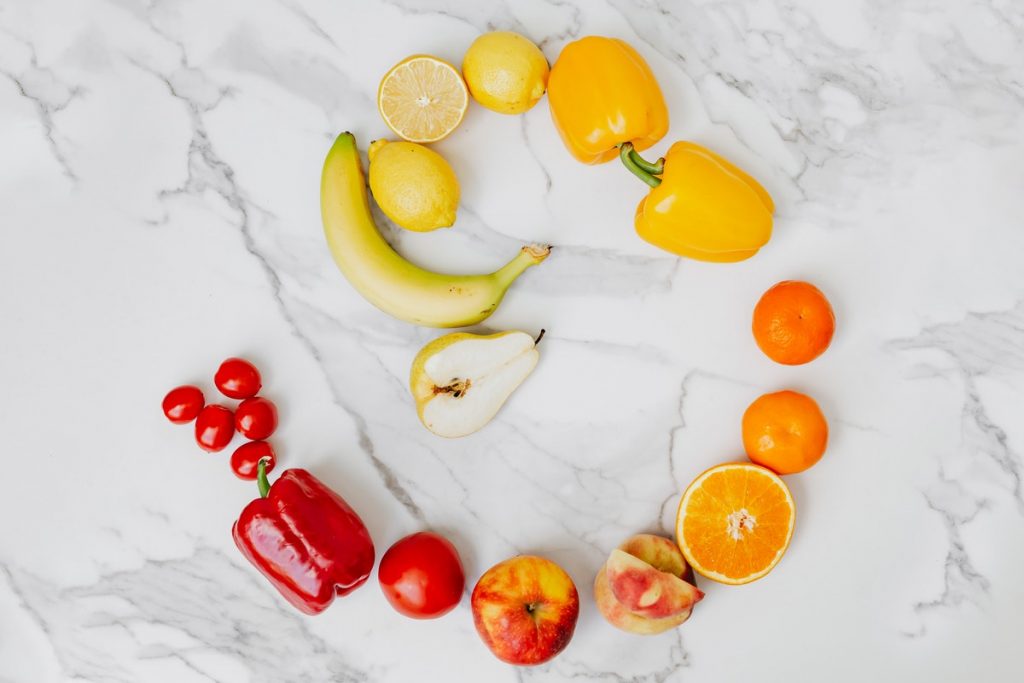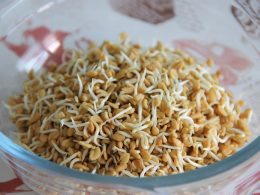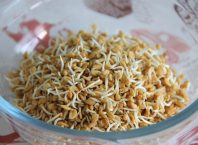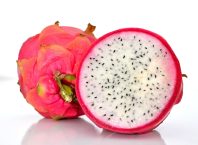Table of Contents
In addition to being rich in vitamin C and antioxidants, yellow fruits also provide plenty of fiber, which promotes a healthy digestive system. Fiber helps flush toxins from the body, and it also maintains a healthy balance of gut bacteria, which reduces inflammation. The fiber found in these fruits is also good for the skin, and they are a great source of vitamin C, which is essential for collagen production.

1. Carotenoids
In recent years, the association between the carotenoid-based coloration of the skin and facial appeal has received significant attention. Yellow fruits, in particular, provide a variety of health benefits, including improved skin tone and elasticity. In addition, they contain high levels of vitamin C, which brightens the skin and reduces the appearance of wrinkles. This makes them a great choice for a daily diet, and there are many reasons why they’re an excellent choice for your health.
While mainly associated with red and orange fruit, carotenoids also have beneficial effects on the skin. Phytoene, for example, is an important pigment for healthy skin, while phytofluene is an effective antioxidant. They are also excellent for preventing senile brown spots on the skin. But when it comes to reducing the appearance of wrinkles on your skin, the yellow pigments in yellow fruits are just as important.
Apart from providing skin and health benefits, carotenoids also have additional functions. They are excellent antioxidants and have anti-inflammatory and anti-carcinogenic effects. So, it’s worth eating more yellow fruit and vegetables to reap the many benefits of carotenoids. If you’re wondering why yellow fruits are so important for our health, you should read on. These benefits of carotenoids in yellow fruits are sure to make you a happy camper!
In addition to their skin benefits, yellow fruits also contain fiber, which promotes a healthy digestive system. Fiber also helps balance gut bacteria, which can reduce inflammation. Furthermore, yellow fruits provide antioxidants and vitamin C, which protect the skin against free radical damage. Furthermore, vitamin C promotes collagen production and improves overall skin health. If you love eating yellow fruits, then do so! You’ll be glad you did.
Despite the fact that the beneficial effects of carotenoids on the skin are well-known, researchers have yet to determine their exact roles. While we can’t pinpoint the exact role of these compounds in the immune system, they have been shown to improve skin health and beauty. A diet rich in carotenoid-containing products will boost your skin’s glow and health. You’ll also be reducing your risk of serious diseases.
2. Vitamin C
One of the best sources of vitamin C is the fruit known as the bell pepper. Not only does this fruit contain high levels of vitamin C, but it’s also high in water, making it excellent for the skin. Consuming these yellow fruits regularly will help promote healthy cell turnover and collagen production. This is not all, though. These fruits are also packed with minerals and other nutrients. They’re also an excellent way to boost your skin’s overall health and reduce the risk of heart disease and stroke.
Besides providing you with beautiful, glowing skin, eating yellow fruits and vegetables also offers a lot of health benefits. Not only will you get the nutrients you need for healthy skin, but you’ll also get more energy and boost your immunity. Bananas, for example, are loaded with Vitamin C. Mangoes, on the other hand, are an excellent source of potassium. They’re also a great source of potassium, a key nutrient in a balanced diet.
Besides being delicious, mangos also contain a high amount of Vitamin A, which protects the skin from the sun’s harmful UV rays. These foods also contain a lot of fiber, which lowers cholesterol. Mangoes also have many other health benefits, including promoting good eyesight and reducing dry eyes. They’re also packed with antioxidants called bioflavonoids, which help break down vitamin C and provide essential vitamin C to the skin.
Other benefits of yellow fruits and vegetables include their ability to reduce inflammation and promote skin repair. The bioflavonoid in oranges and lemons works with vitamin C to reduce inflammation and delay premature skin ageing. Lastly, yellow foods contain a healthy dose of carotenoids, which fight off free radicals and prevent various diseases. While yellow fruits and vegetables are not the healthiest choice, they are an excellent source of Vitamin C.
Citrus fruits and yellow fruits are rich sources of vitamin C. Oranges and grapefruit are also high sources of vitamin C. Lemon and lime are also excellent sources of vitamin C. Additionally, spinach, carrots, and cabbage contain high levels of vitamin C. And don’t forget to include vitamin C in your diet to avoid acne, dry skin, and wrinkles. If you’re looking for more vitamin C in your diet, you’ll find plenty of it in leafy greens, citrus fruits, and papaya.
3. Passion fruit
Eating plenty of yellow fruits will provide a variety of benefits for the body and skin. The high concentrations of vitamin C and beta-carotene in these foods will help form stronger bones and prevent macular degeneration. Other benefits of eating these fruits include a reduction in cholesterol levels and blood pressure, and the inclusion of dietary fiber. These benefits will also help the body recover from illness.
Passion fruit is also rich in minerals and antioxidants. Passion fruit has the ability to help strengthen bones. The minerals in passion fruit help maintain bone density and ease the symptoms of osteoporosis. Flavonoids found in this fruit are particularly effective for the prevention of cancer. They may also be useful in osteoarthritis therapy. These benefits make this fruit a valuable addition to any anti-inflammatory diet.
Passion fruit contains an important bioactive compound called piceatannol. This substance increases the ability of red blood cells to carry oxygen. Anemia is a condition characterized by low iron levels. Passion fruit contains approximately 20% of the recommended daily amount of iron, and its vitamin C content aids in its absorption. Passion fruit can also help with weight loss, as it can help you lose weight. And since it contains a high amount of vitamin C, it is beneficial for your skin and overall health.
Another reason to eat yellow fruits is that they contain a bio-flavonoid called vitamin P. This substance is necessary for the breakdown of vitamin C in the body and promotes cell turnover. Vitamin C in turn helps keep the skin smooth and youthful. By boosting vitamin C, you can see fewer wrinkles and fine lines. You’ll also enjoy a brighter complexion.
In addition to helping your body fight free radicals, passion fruit is a high source of vitamin A. Vitamin A is essential for the proper functioning of cell membranes, and passion fruit helps you keep your eyes clear. Also called passion fruit, this fruit is available throughout the year, but is most plentiful in the summer. If you’re pregnant, make sure you incorporate this fruit into your diet.
4. Bananas
Eating yellow fruits and vegetables has numerous benefits for your skin and overall health. They are a rich source of bio-flavonoid, sometimes called Vitamin P, which assists in the breakdown of vitamin C and provides your skin with a boost of this essential nutrient. Plus, they contain carotenoids, which are natural pigments found in many fruits and vegetables. They are rich in antioxidants, which protect your skin from harmful free radicals and are essential for collagen production.
Lemons and other citrus fruits are known for their high vitamin C content. Lemons can help brighten skin and reduce dark spots. Lemons also have antibacterial properties that keep skin clear. Lemons are great for salads and can also be added to tea. Pineapples contain bromelain, which can help exfoliate the skin and reduce inflammation. Yellow fruits are also rich in vitamin C and can be added to a smoothie or a cup of tea.
Grapes are high in antioxidants and may prevent cell oxidative stress. Grapes also have the ability to fight inflammation and inhibit the production of pro-inflammatory compounds. Antioxidants are natural compounds found in plants and fight free radicals in the body. When too many free radicals accumulate, the body suffers from oxidative stress, a condition linked to heart disease and diabetes. These fruits can also aid in the production of collagen.
Studies have shown that green foods contain high levels of lutein, a nutrient found in a variety of plants. Lutein is particularly beneficial for the eye and protects it from age-related macular degeneration. Meanwhile, zeaxanthin is essential for the functioning of the immune system. When combined with green vegetables, these foods have several benefits for your body.















